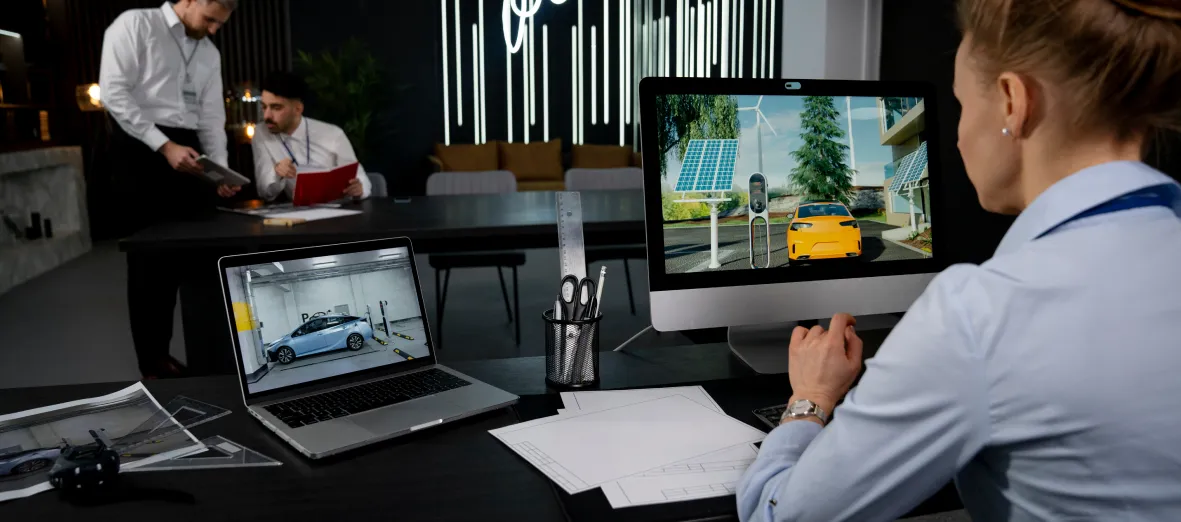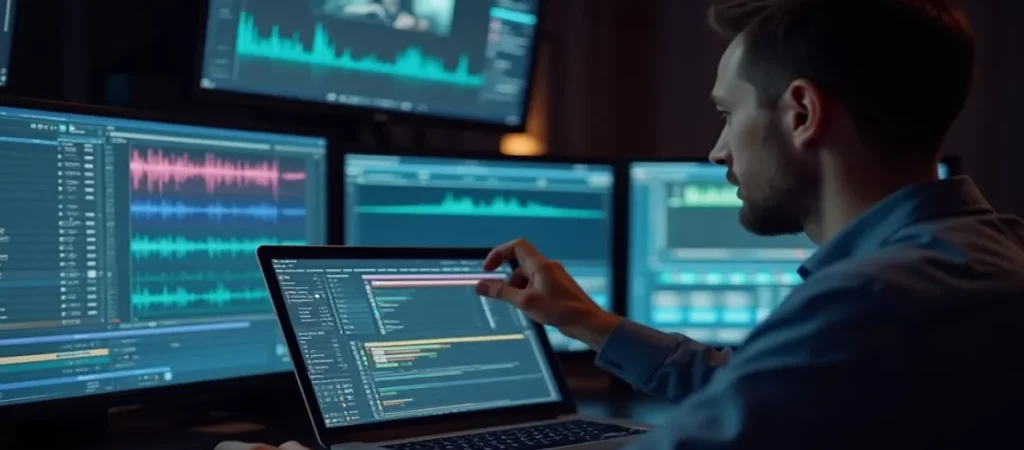Gone are the days when broadcasters considered monitoring signals from a distant location neither necessary nor viable. They preferred managing it locally rather than in a centralized operation that covered a large geographic area.
However, the dynamic growth in the broadcast station combined with labor shortages paved the way for remote monitoring to emerge as an important and profitable option. Over the last few years, the importance of remote monitoring has grown considerably. The corroding profit margin coupled with ambitious business goals prompted broadcasters to choose remote monitoring.
Remote monitoring benefits for broadcasters and engineers –
- Fewer physical trips to hubs or headends to correct problems
- More efficient operations without logging in to multiple different systems to monitor or record different individual channels in different areas
- Greater flexibility — Any person, no matter where they are, can monitor any zone at any time
Through remote monitoring, cable operators and other video distributors can monitor hundreds of servers across a large geographic area to verify ad insertion, signal quality, service delivery, and proper programming placement at the local level — all from one or many central locations anywhere in the country. It allows technical and support teams to provide service and monitor high-profile events live from any central location without having to be on-site, which eliminates unnecessary truck rolls.
Companies have developed remote monitoring units that contain simplified hardware and software aimed only at the remote-monitoring use case allowing technicians to see the entire channel lineup; change channels; and view, fast forward, rewind, and scroll through live or recorded content using a remote control — all by region, ad zone, or even down to specific hubs or headends. Having all this information at their fingertips is extremely important for technicians and broadcasters as it would highlight maintenance during critical events.
Engineers can schedule recordings quickly through the electronic program guide in just a few simple steps. Technicians can schedule it on different channels and in different zones instantly and simultaneously instead of visiting each channel individually to set up a recording. For example, it’s possible to record, say, Bloomberg Television at 2 p.m. in a few locations on the West Coast and a few more in the Midwest and on the East Coast — all with one click.
Remote monitoring systems can be programmed to show the location of any problematic hub where the system would bring up schematics that show how the hub is used in the system, making a workaround plan easier.
Remote monitoring is cost-effective, making it affordable for the broadcasters to deploy hundreds of units to headends throughout their network with the same high scalability and security. These systems are designed only for remote monitoring, taking away the things people don’t need and simplifying the user interface to make it extremely easy to do the job with as few clicks as possible.




